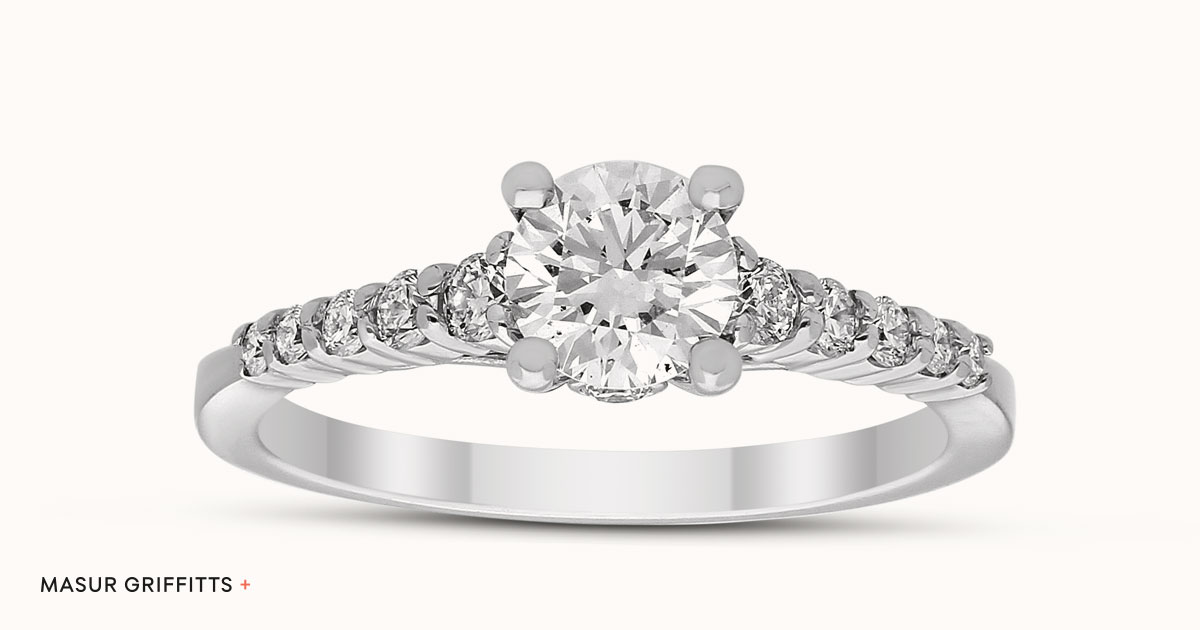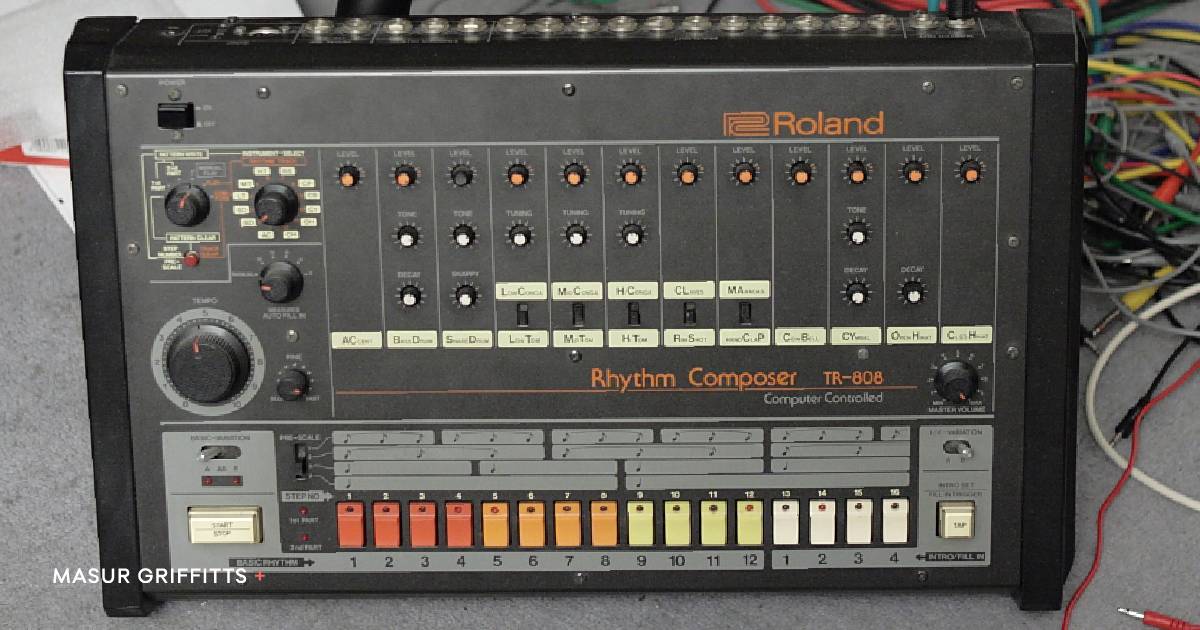Trademark Case Roundup
By: Jon Avidor and Qualia C. Hendrickson
As we recently reported in our blog post Disparaging Trademark or Reclaimed Slur? The Supreme Court Weighs In, the high court ruled 8-0 in Matal v. Tam that the Lanham Act’s ban on disparaging marks was an unconstitutional violation of the First Amendment and allowed Simon Tam to move forward with his trademark application for his Asian-American dance-rock band The Slants. This case will certainly open the door to registering many other marks previously rejected or cancelled by the United States Patent and Trademark Office on the basis of their offensiveness, including the polarizing Washington Redskins’ recently cancelled trademark.
In this post, we will review other recent trademark cases that may have implications on businesses in the media, technology, and consumer products and services spaces.
Elliott v. Google, Inc., No. 15-15809 (9th Cir. May 16, 2017).
Issue: Whether the GOOGLE trademark lost its trademark protection on the basis that the word “Google” had become a generic name for the act of searching the Internet. “Genericide” occurs when a trademark has lost its value as a distinctive brand-identifier when “the public appropriates a trademark” and uses the mark to refer generally to a type or class of goods or services without regard to any particular brand or source, and “the primary significance of the term in the minds of the consuming public is now the product and not the producer.”
Decision: The Ninth Circuit Court of Appeals decided in favor of Google, holding that a claim of genericide must relate to a particular type of good or service and that the use of a trademark as a verb does not automatically constitute generic use. GOOGLE is still a protected trademark even if it is used as a verb, as in “I Googled current trademark cases,” because the primary significance of the term in the minds of the public is a single internet search engine, Google, not of search engines in general.
Belmora LLC. v. Bayer Consumer Care AG, 819 F.3d 697 (4th Cir. 2016), cert. denied, 580 U.S. __ (2017).
Issue: Whether a foreign corporation may sue under the Lanham Act—the American federal trademark act—over the unauthorized use of a foreign trademark that has never been used in the United States of America or been registered with the United States Patent and Trademark Office.
Decision: The Fourth Circuit Court of Appeals reversed the lower district court’s holding in favor of an American trademark holder and ruled that a Mexican trademark holder could sue under the Lanham Act. Section 43(a) of the Lanham Act “does not require that a plaintiff possess or have used a trademark in U.S. commerce as an element of the cause of action” for unfair competition, such as for false association and false advertising. The law only requires that a plaintiff be “likely to be damaged” and show its prospective injury is in the “zone of interest” of the Lanham Act, i.e., the deceptive and misleading use of a trademark. Belmora petitioned the Supreme Court to reconsider the Fourth Circuit’s ruling and the Court denied certiorari on February 27, 2017.
Tiffany & Co. v. Costco Wholesale Corp., 127 F. Supp. 3d 241 (S.D.N.Y. 2015).
Issue: Whether “Tiffany” had become a generic term for a style of diamond ring setting, and whether punitive damages were available for clear evidence of infringement.
Decision: The New York district court denied Costco’s claim that using the term “Tiffany” in a generic manner to describe a style of jewelry was covered under the fair use exception to trademark infringement. In light of the evidence of Costco’s clear intention to imitate Tiffany & Co.’s mark and to confuse consumers, Tiffany & Co. sought punitive damages for the infringement. Although the Lanham Act (specifically, 15 U.S.C. §1117(a)) does not allow courts to grant punitive damages in trademark infringement cases, N.Y. General Business Law § 360-M (for registered marks) and New York case law (for all marks) permit punitive damages where an infringer uses another’s trademark to sell a competing product in bad faith, what the court called “wanton or willful fraud or other morally culpable conduct to an extreme degree.”
Princeton Vanguard, LLC v. Frito-Lay North America, Inc., 786 F.3d 960 (Fed. Cir. 2015).
Issue: Whether a trademark that is a compound term (two or more words strung together) should be evaluated for distinctiveness on the strength of the individual words or the strength of the mark in its entirety.
Decision: The Federal Circuit Court of Appeals held there is only one legal standard for genericness, regardless of whether the mark is a compound term or a phrase: (1) identifying the genus of goods or services at issue and (2) assessing whether the public understands the mark, as a whole, to refer to that genus. In evaluating the mark PRETZEL CRISPS, the Trademark Trial and Appeals Board was incorrect in analyzing genericness by the meaning of the individual words instead of the compound mark as a whole.
Couture v. Playdom, Inc., 778 F.3d 1379 (Fed. Cir. 2015).
Issue: Whether offering a service, but not actually providing the service, is sufficient to constitute “use in commerce” to support the mark’s registration as a protectable trademark.
Decision: A mark is “used in commerce” in connection with services, and therefore protectable, when it is (1) used or displayed in the sale or advertising of services and (2) the services are rendered in commerce, which requires a “bona fide use of the mark in the ordinary course of trade,” and at a bare minimum, in an open and notorious public offering or advertisement. Such advertisements must relate to an existing service—a service mark cannot be deemed “used” in commerce when the service has been advertised to the public, but no service has yet been rendered.








